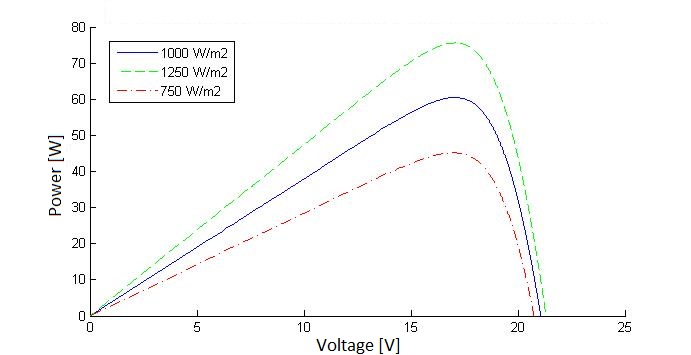Therefore the optimal tilt angle for a pv panel in the winter will differ from the optimal tilt angle for the summer.
Solar panel tilt angle and irradiance.
Therefore to get the very best out of your photovoltaic panels you would typically face them due south at the optimum angle so that the panel is receiving as much sunlight as.
In practice when the optimal tilt angle is between 10 and 10 which occurs primarily in the tropics installers generally tilt the panel either 10 or 10 to allow for rainfall to naturally cleanse the panels.
For instance if your latitude is 34 the optimum tilt angle for your solar panels during winter will be 34 15 49.
As a rule of thumb placing panels at a tilt equal to the latitude of the installation and facing towards the equator will maximize the amount of incident irradiance on the panels over the course of the year.
Angle of the panel is its angle relative to true south 0.
The local and solar.
The best tilt angle for winter is the latitude times 0 875 plus 19 2 degrees.
The placement angle of the solar panels impacts the amount of total irradiance received on the system over the course of a year.
Finally the reflectance of the ground surrounding the solar panels must be taken into account because sunlight can reflect off of a surface onto a tilted panel and alter the total solar irradiance collected.
Tilt angle is the angle the panel is tilted from flat.
The angle of the sun varies throughout the year as illustrated in figure 9.
Both the tilt angles and irradiance values provided should be considered as average values over that 22 year period.
The optimum tilt angle is calculated by adding 15 degrees to your latitude during winter and subtracting 15 degrees from your latitude during summer.
The summer optimum tilt angle on the other hand will be 34 15 19.
In general a lower tilt angle helps improve production in the summer months whereas higher tilt angles favor lower irradiance conditions in the winter months.
The panel will collect solar radiation most efficiently when the sun s rays are perpendicular to the panel s surface.
Tilt angle is the angle the panel is tilted from flat.
At solar noon the irradiance from the sun is at its very highest and you can generate the most power.
This table gives some examples.
The locations that this affects are denoted in table 1.
In the northern hemisphere the sun is due south at solar noon.
As a result the sse project makes hourly calculations of tilted solar panel performance for a monthly average day for all 1 cells over the globe for a 22 year period.
If your latitude is outside this range see other situationsbelow.

